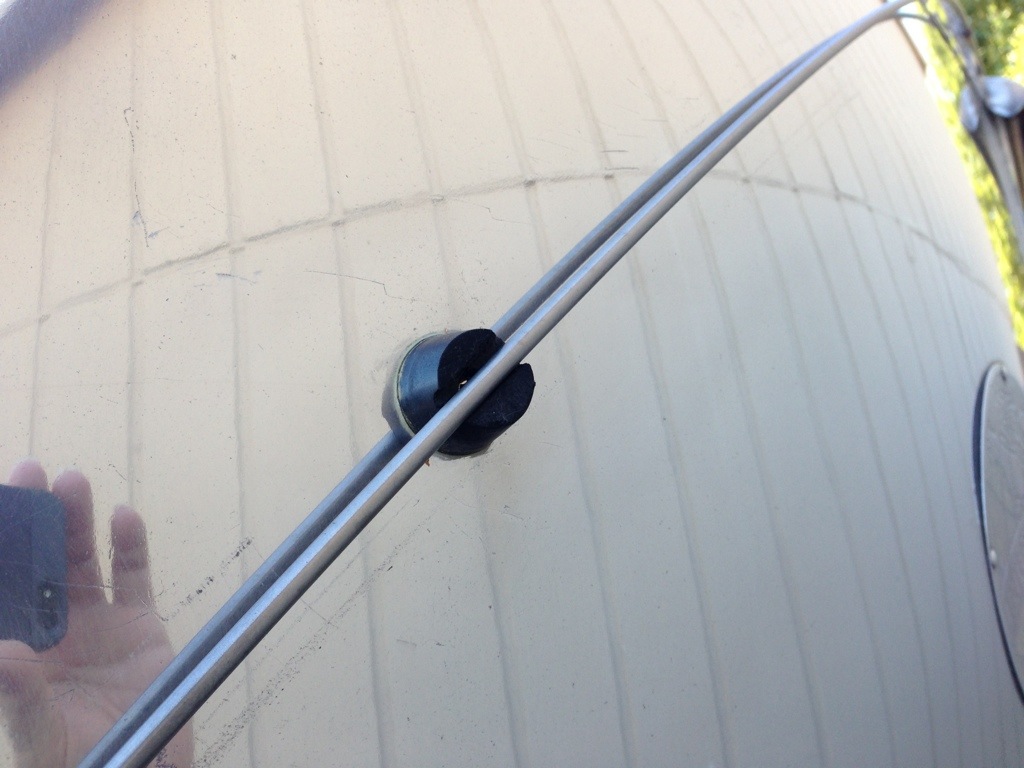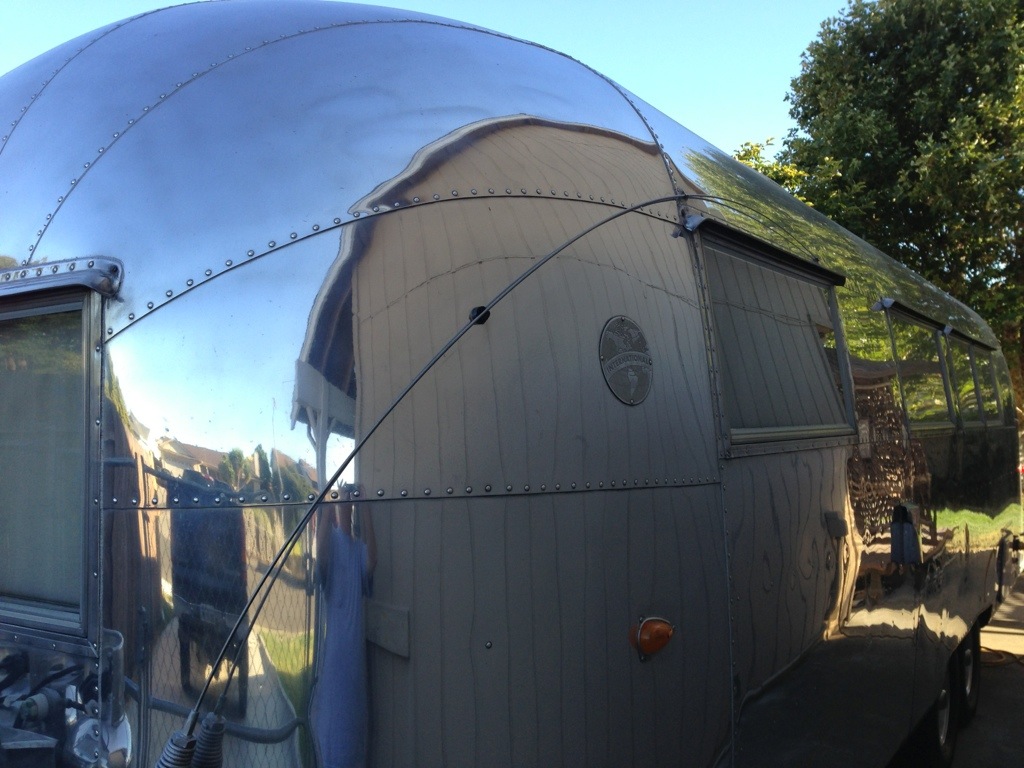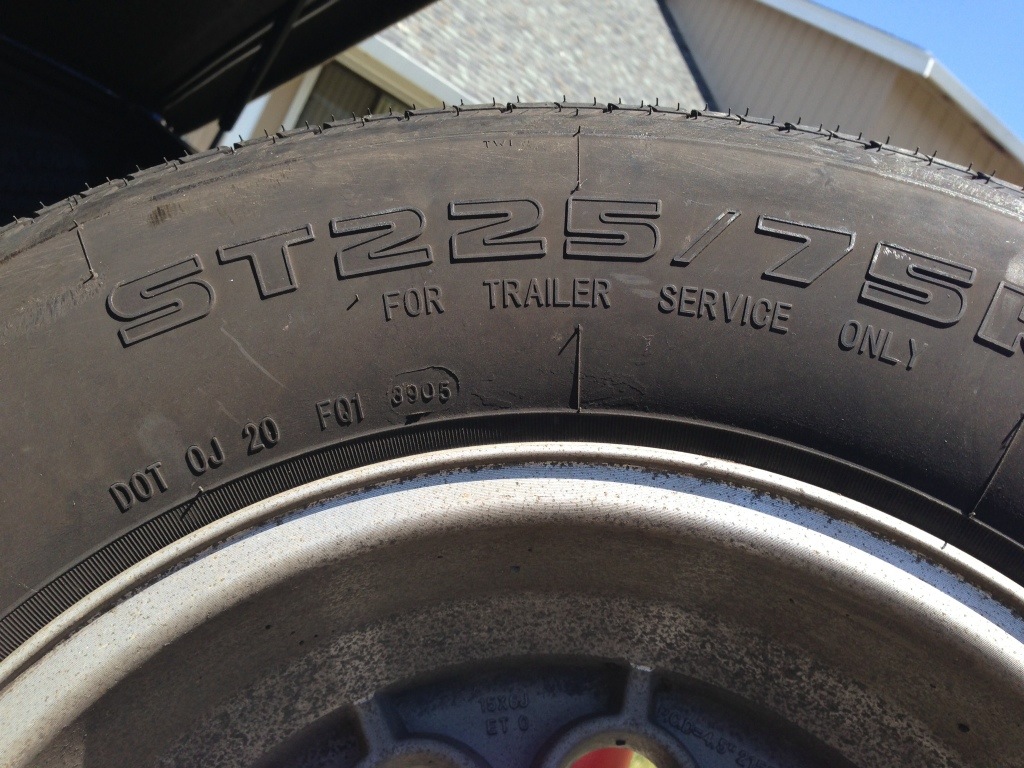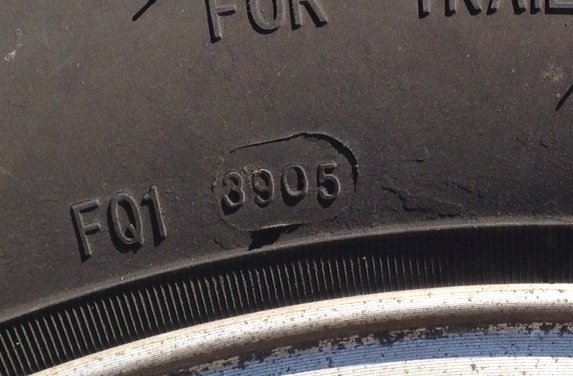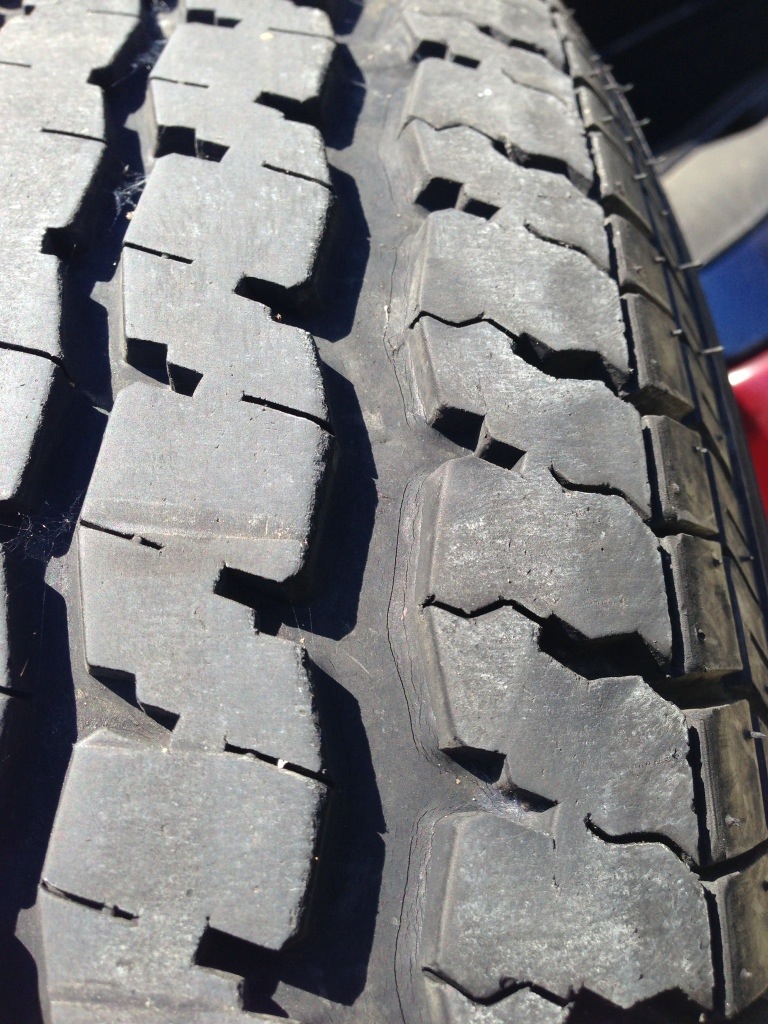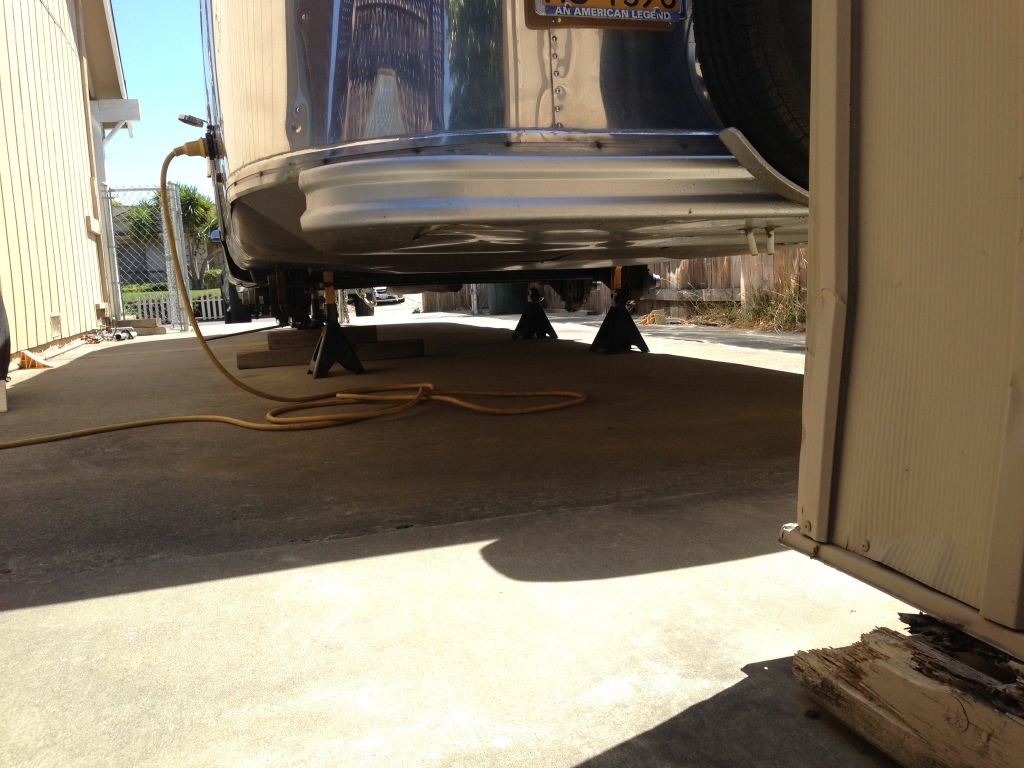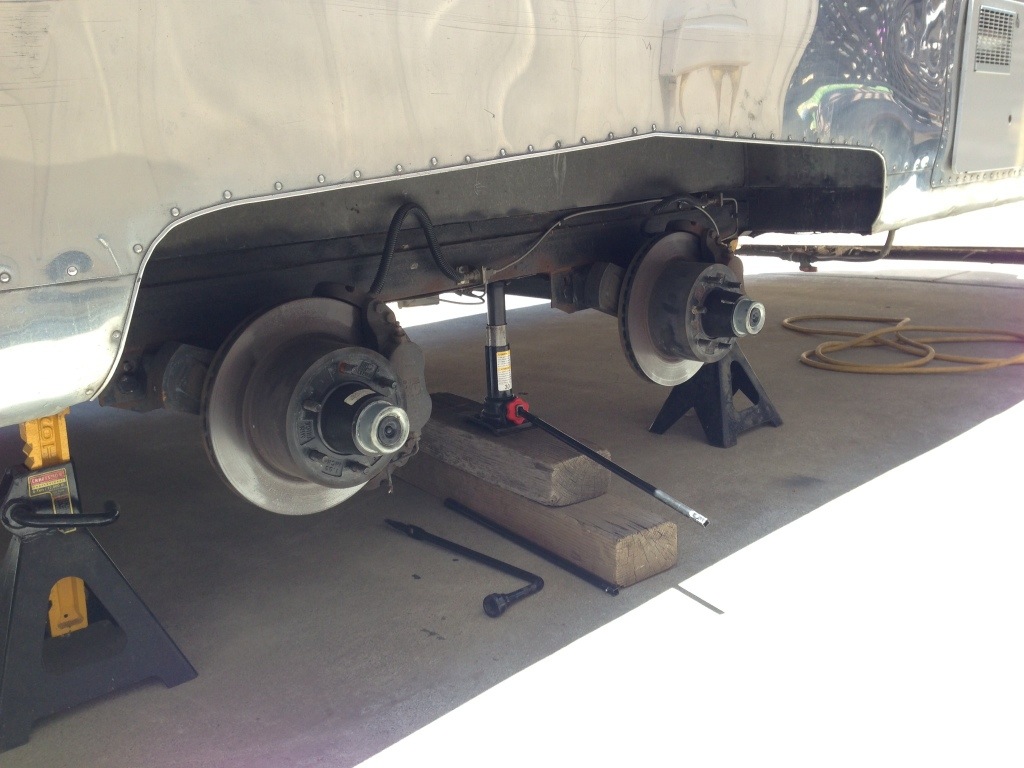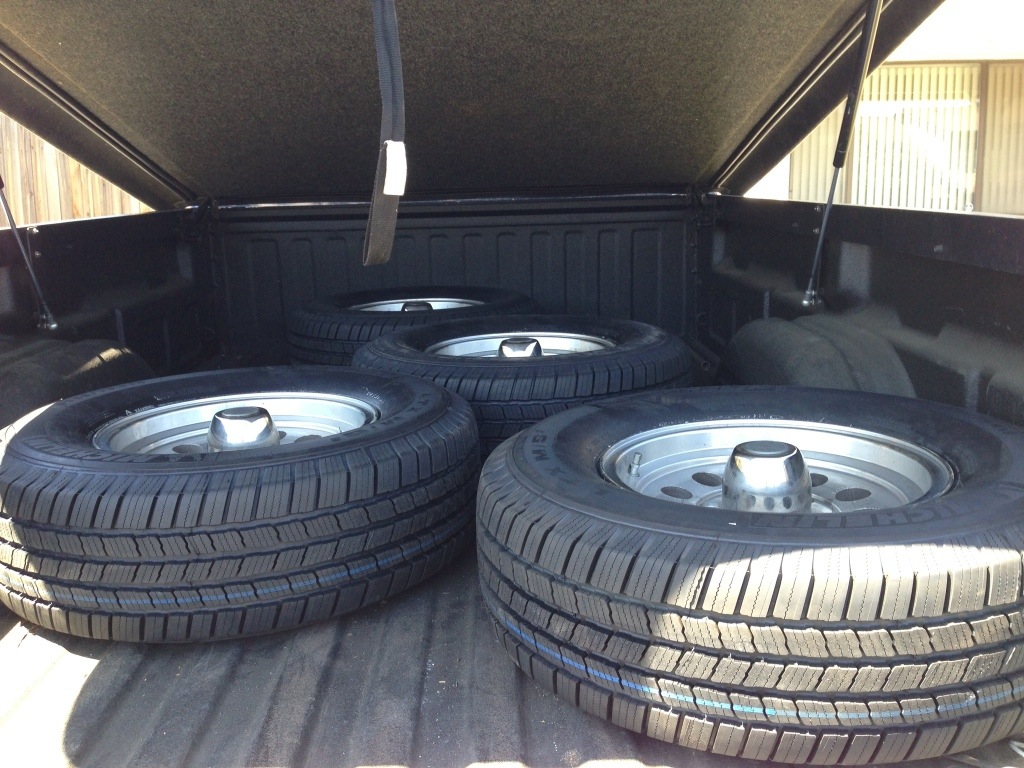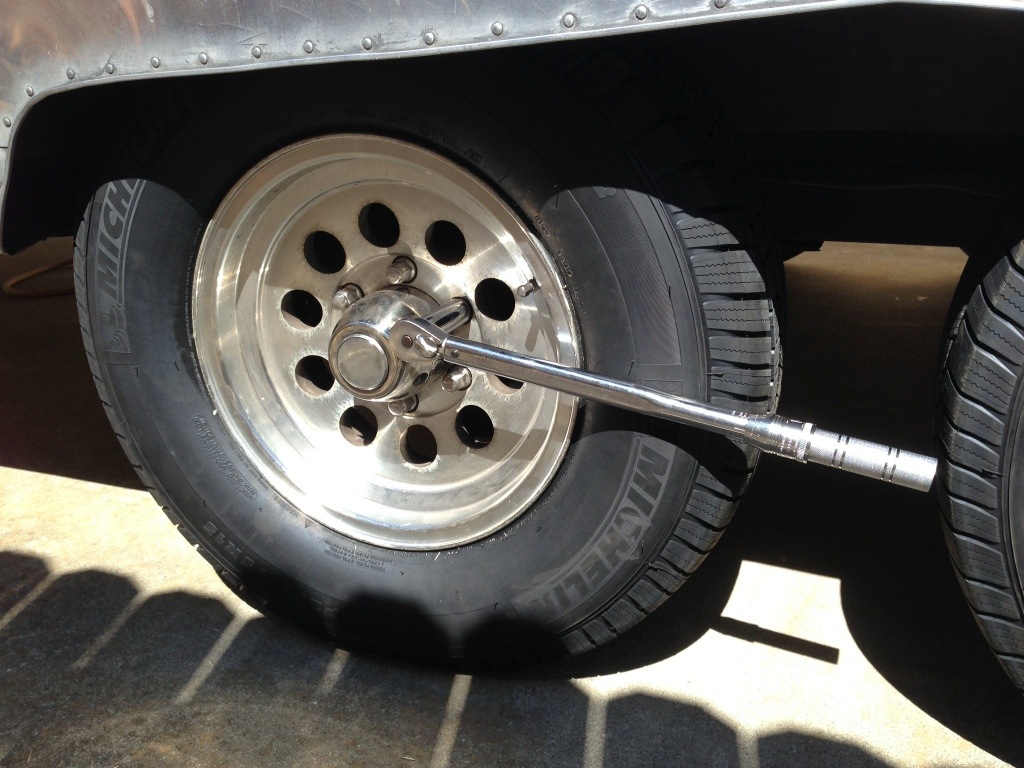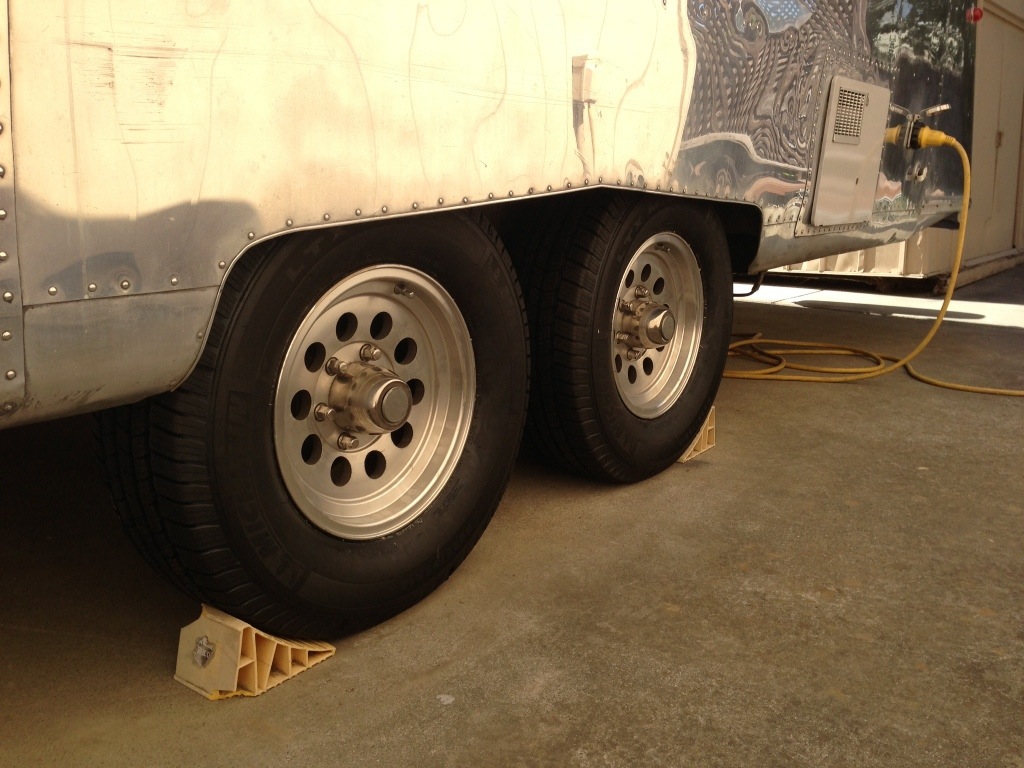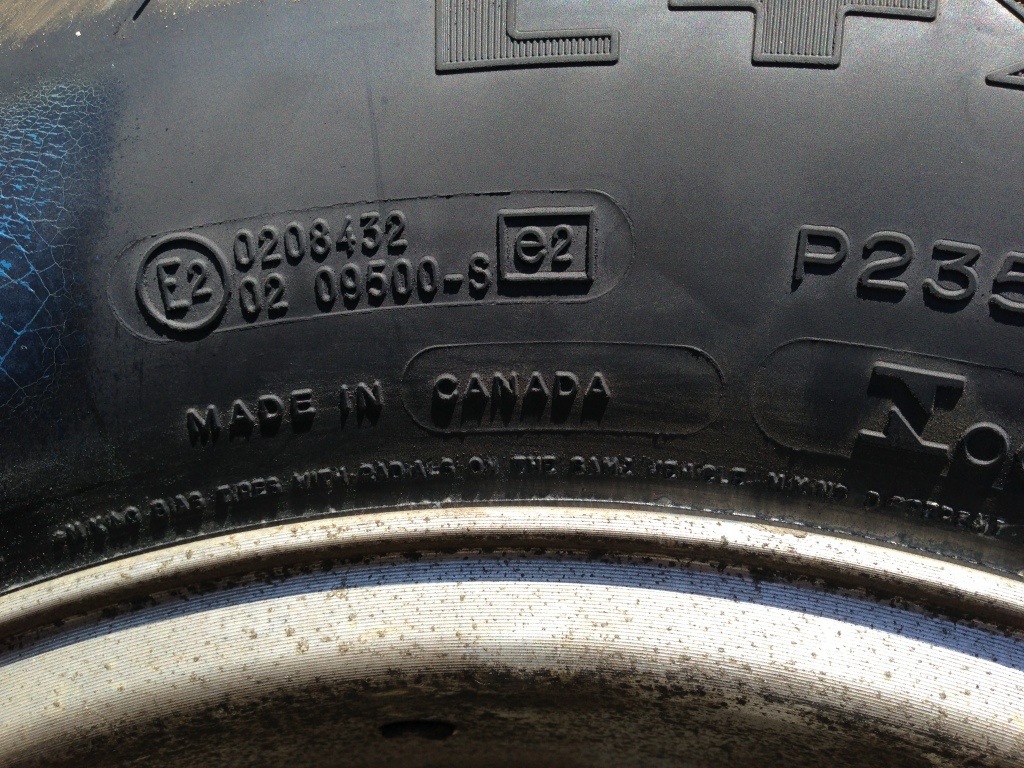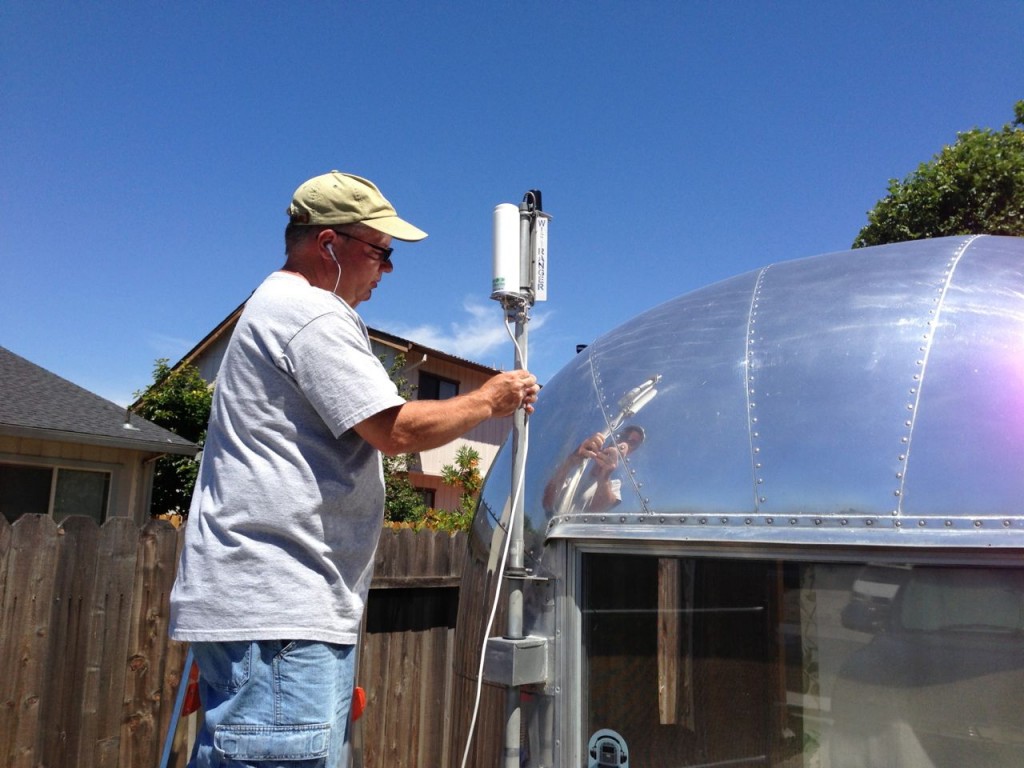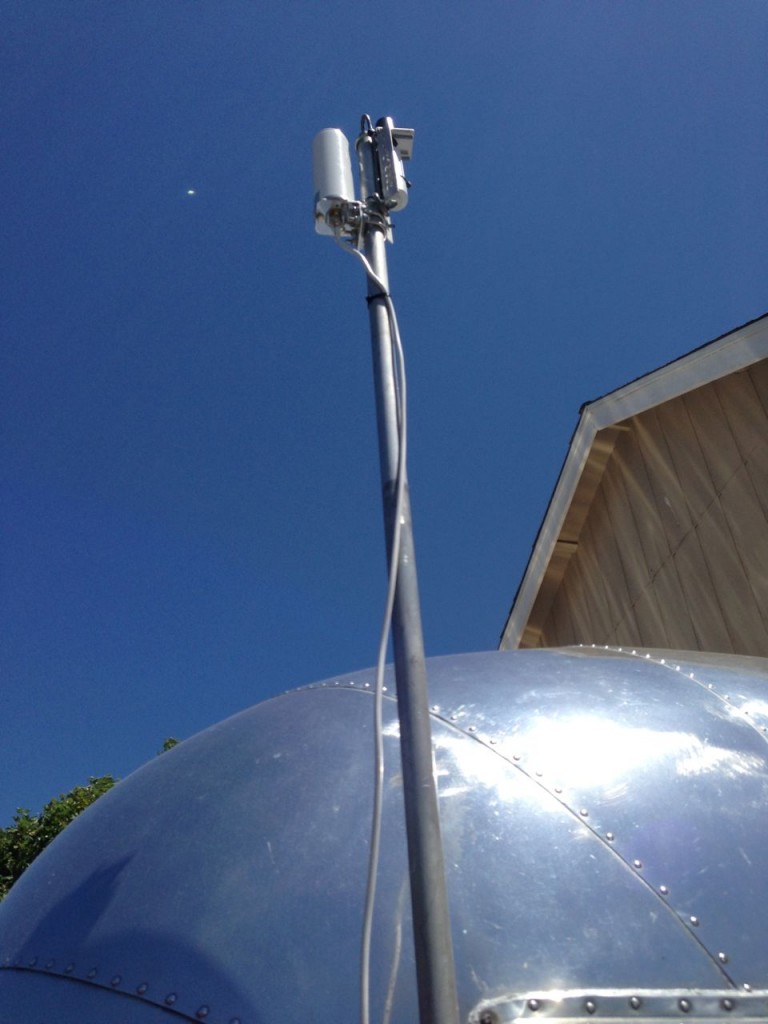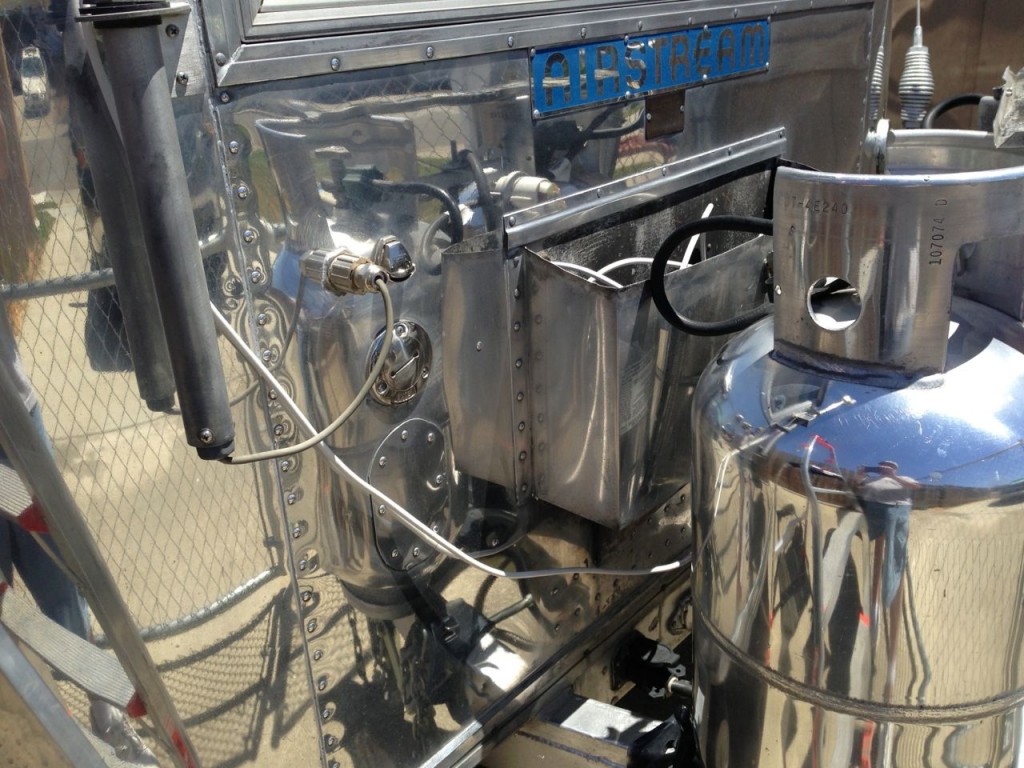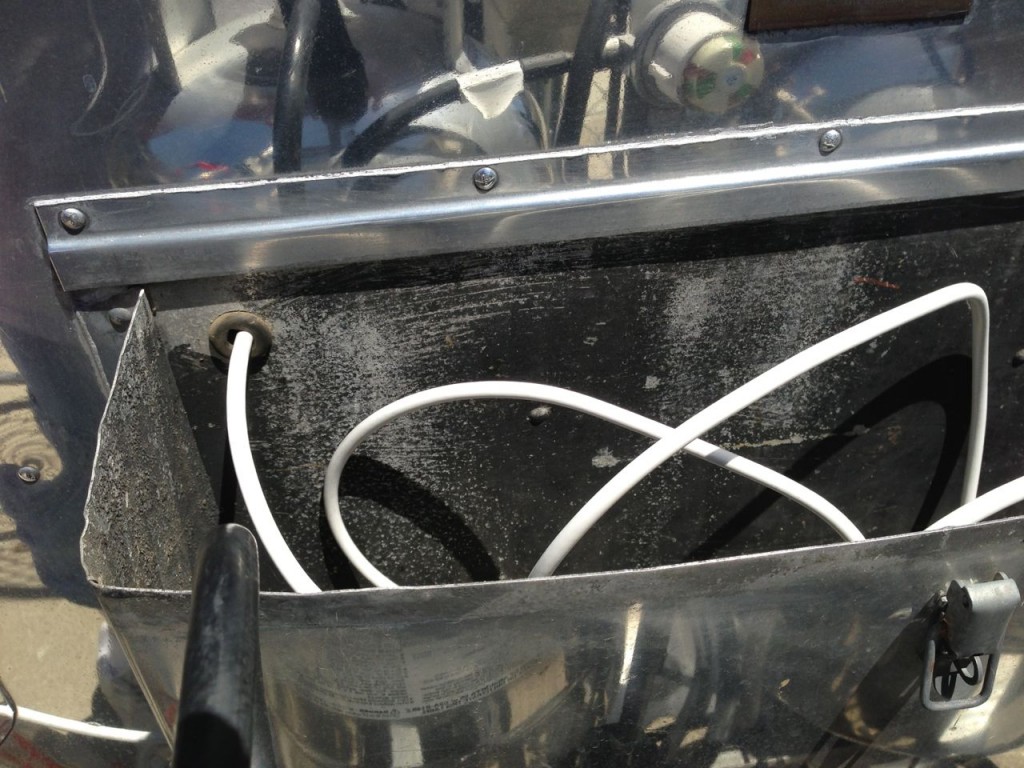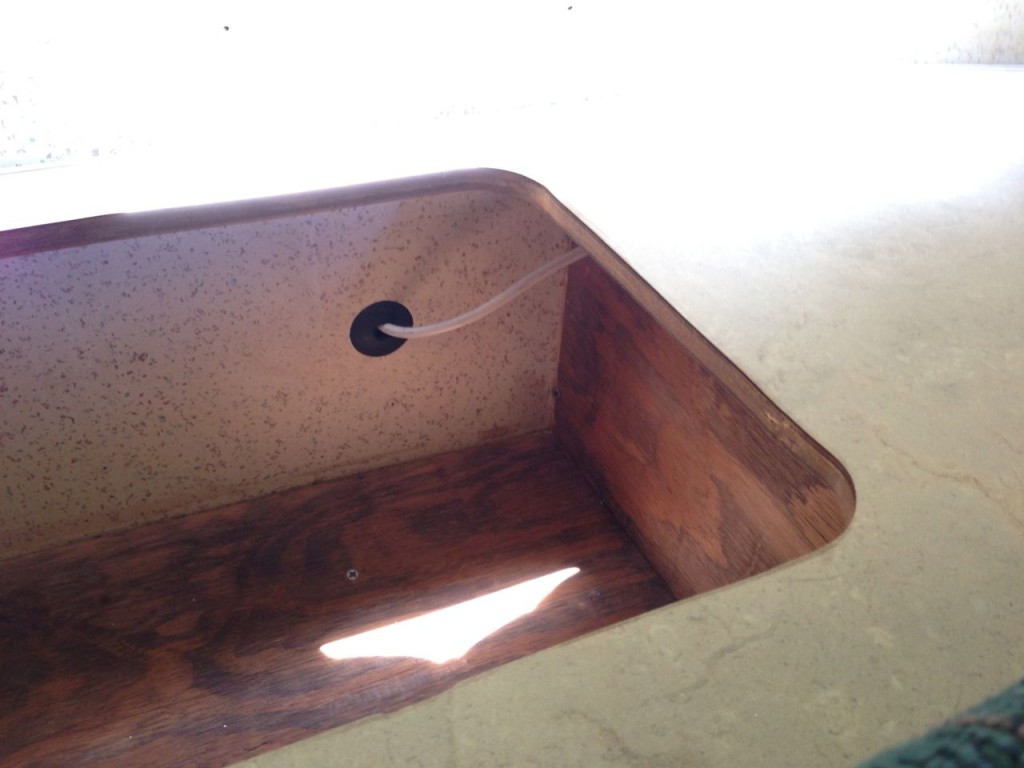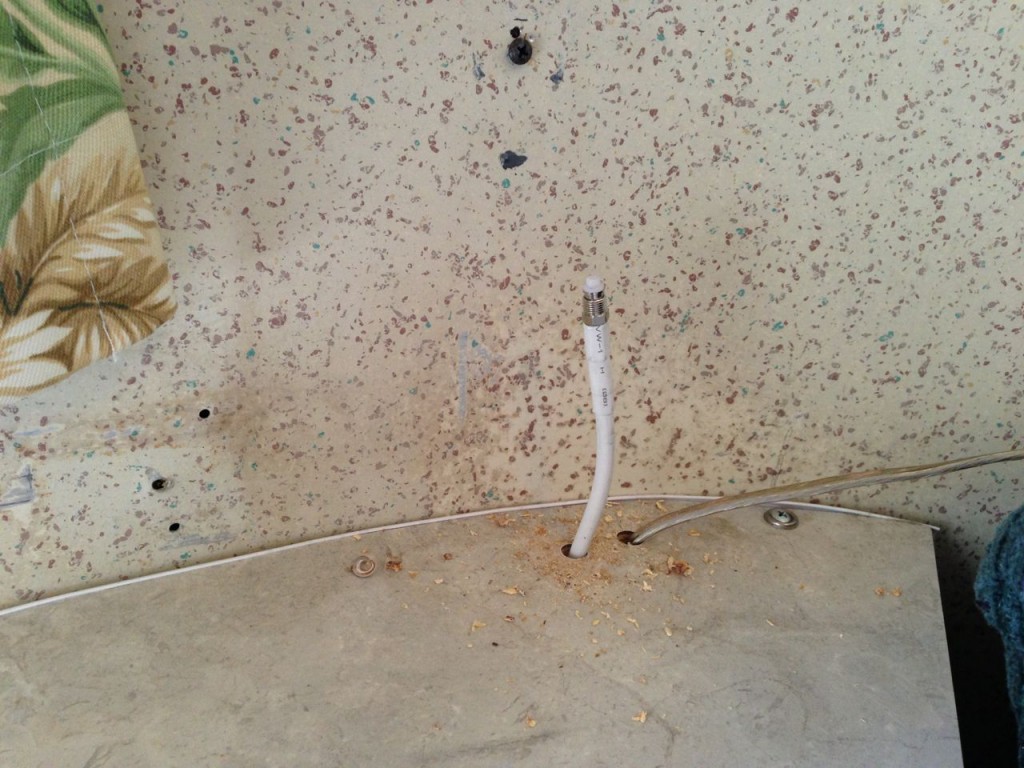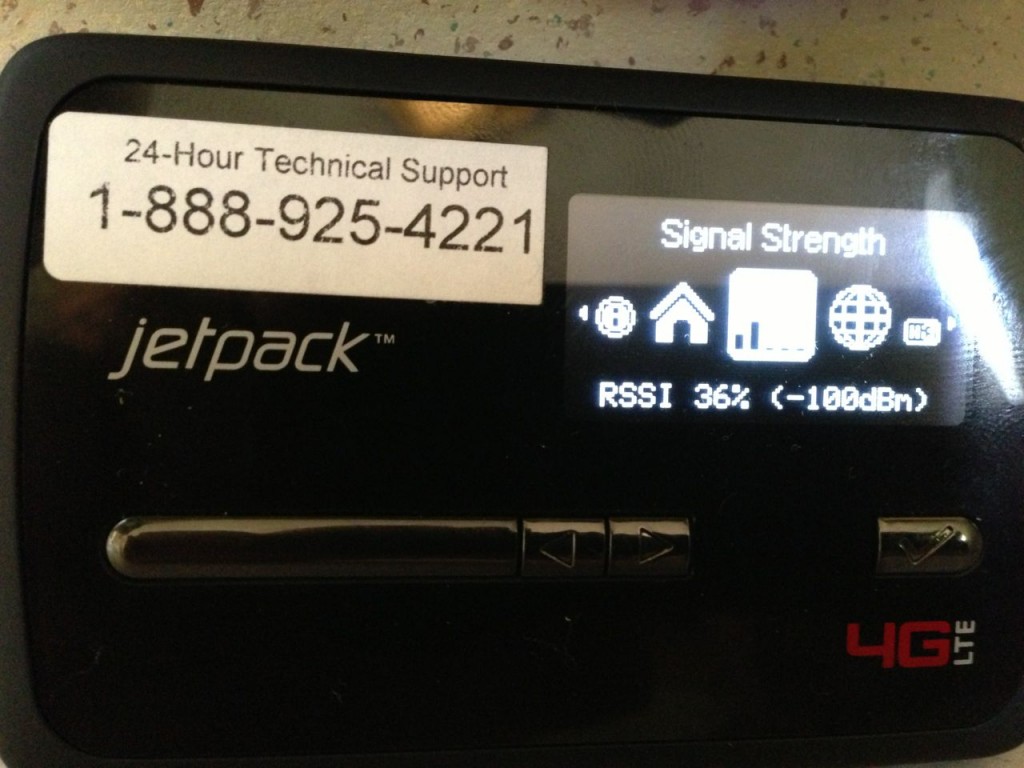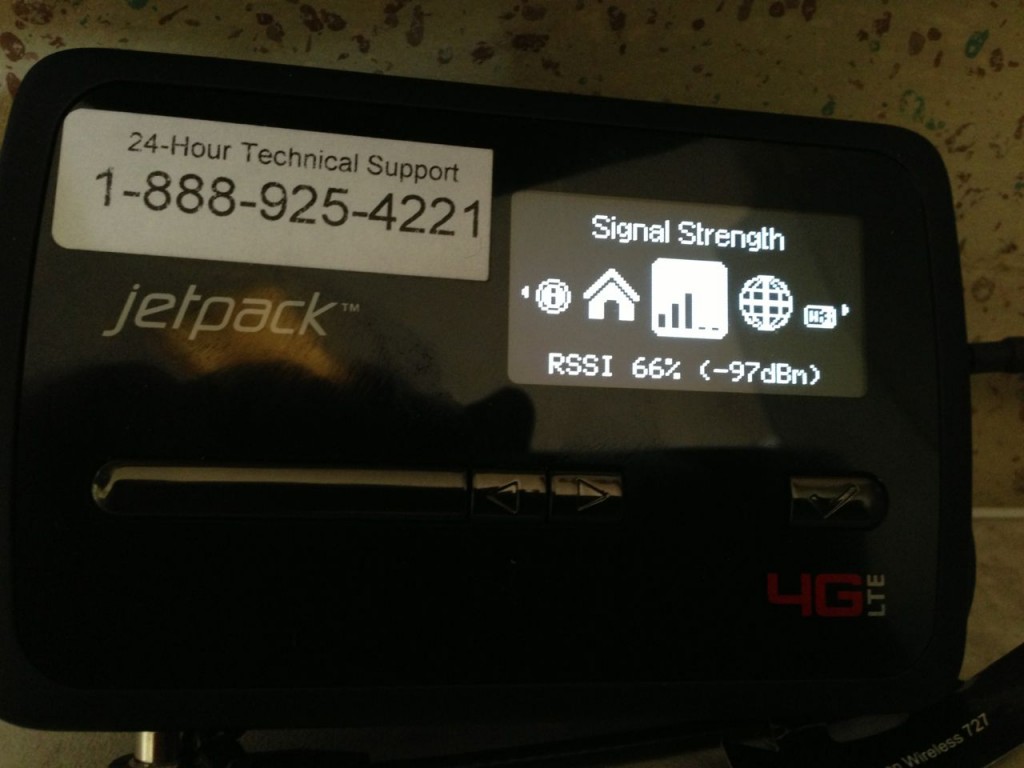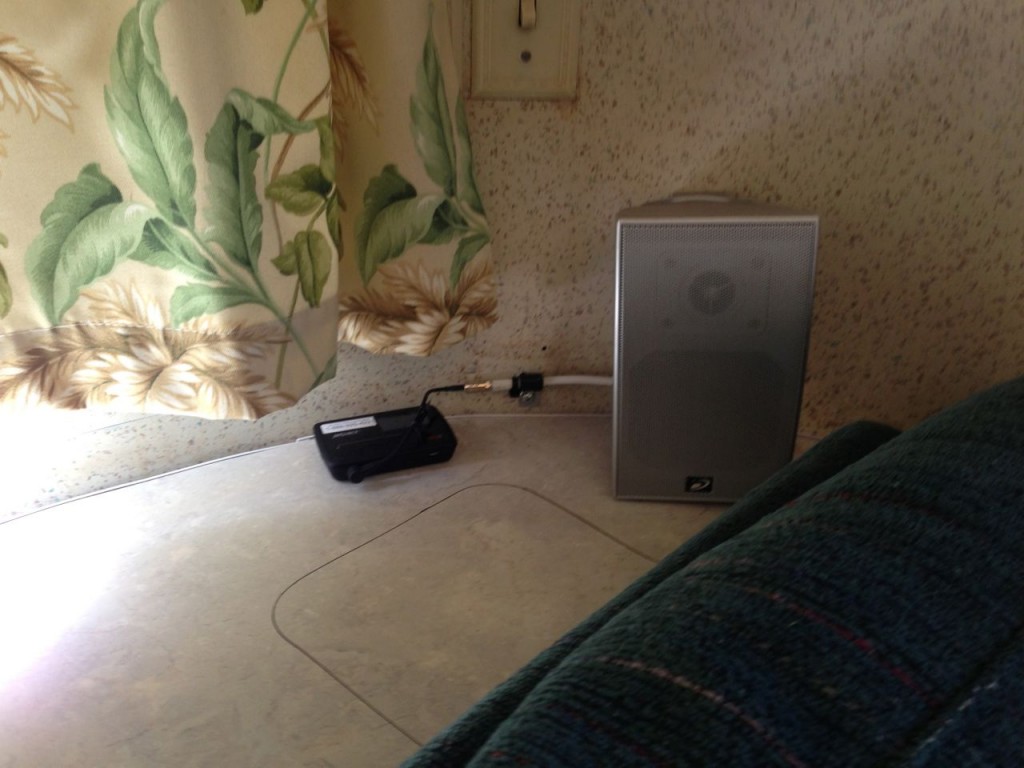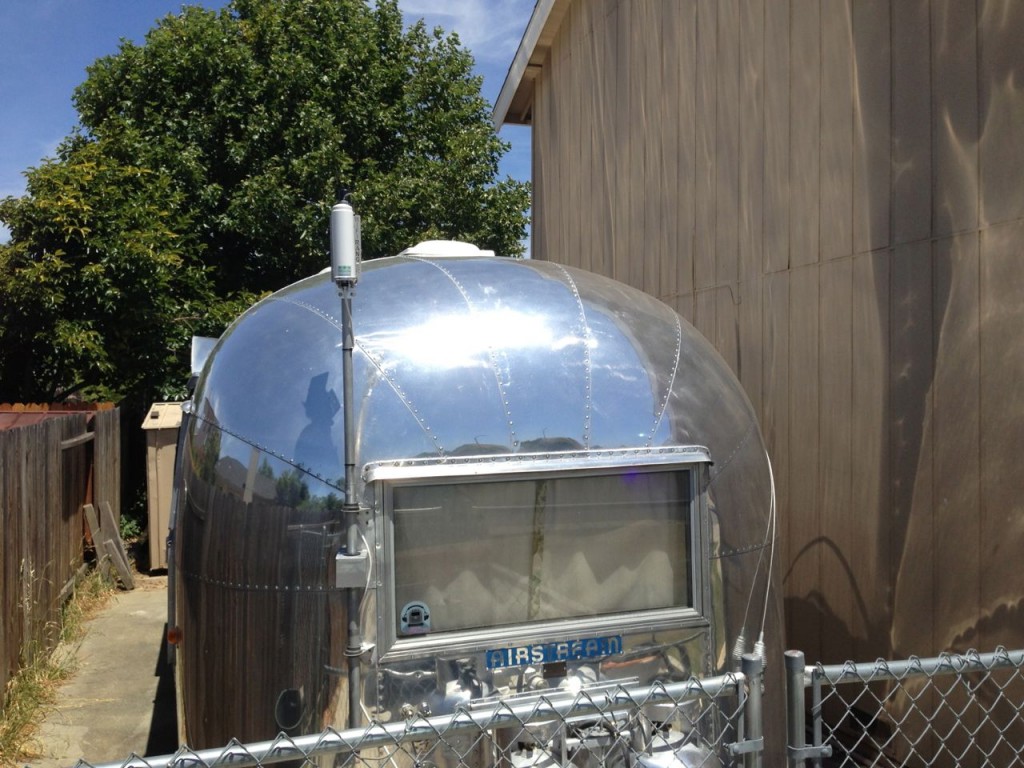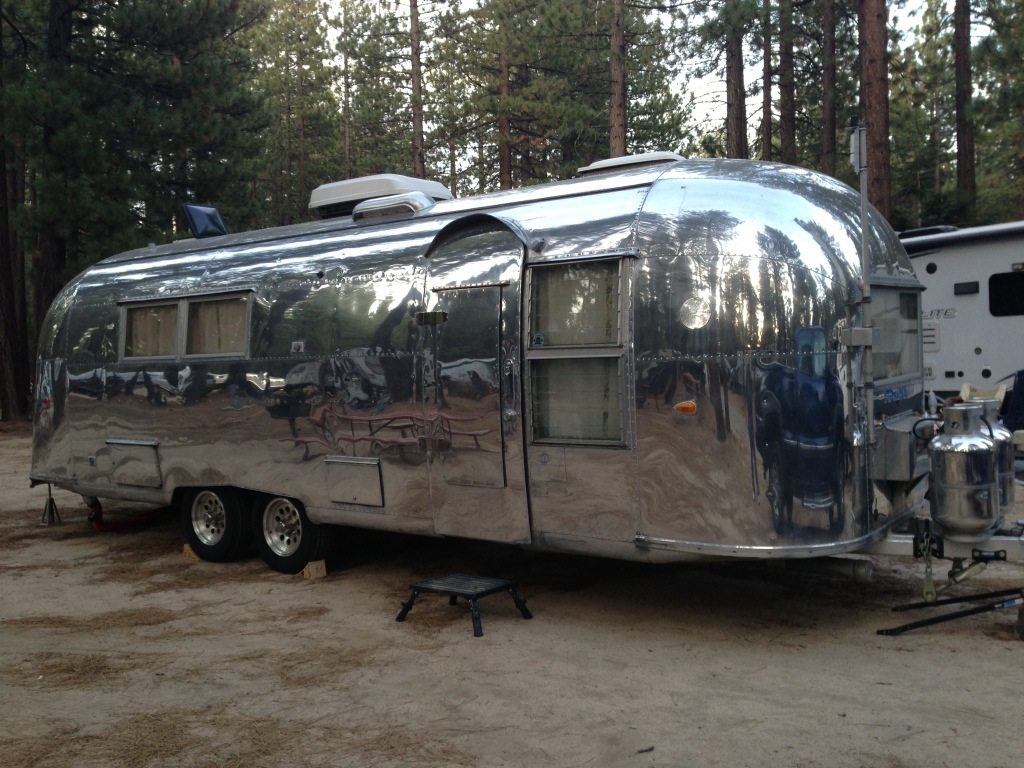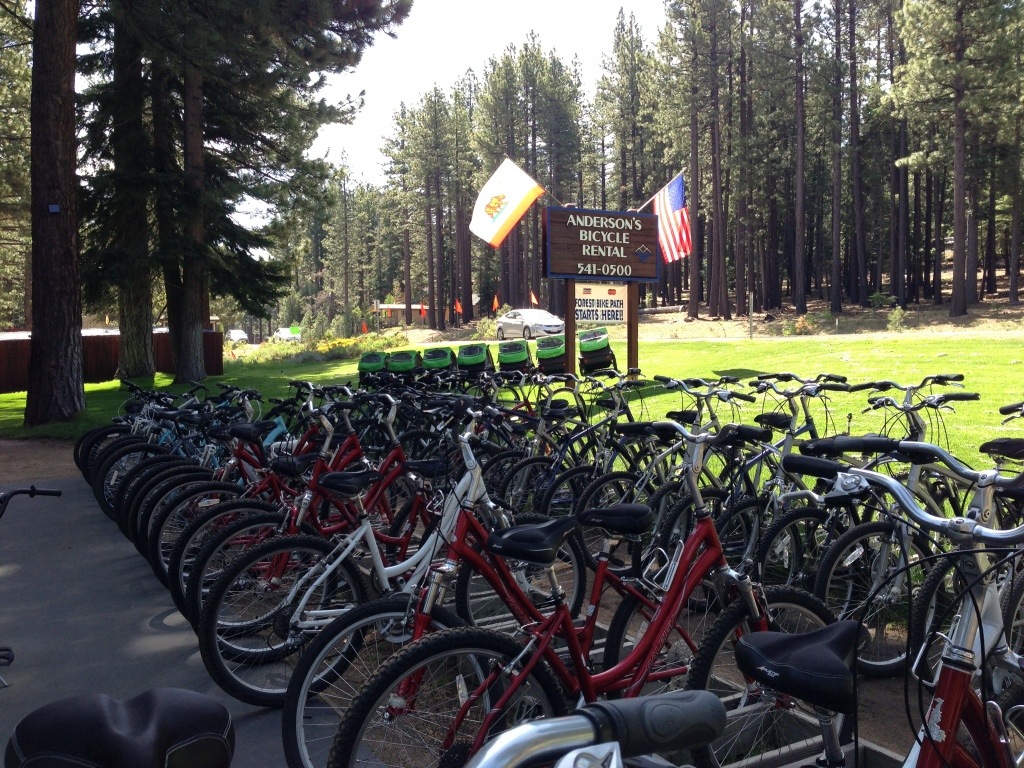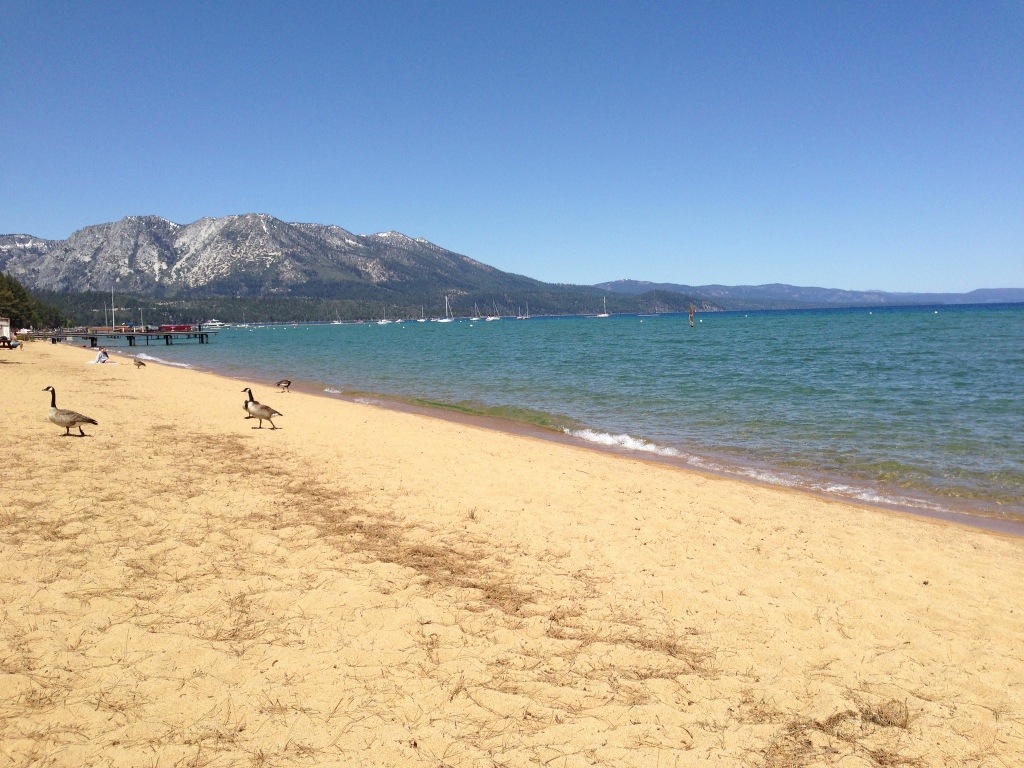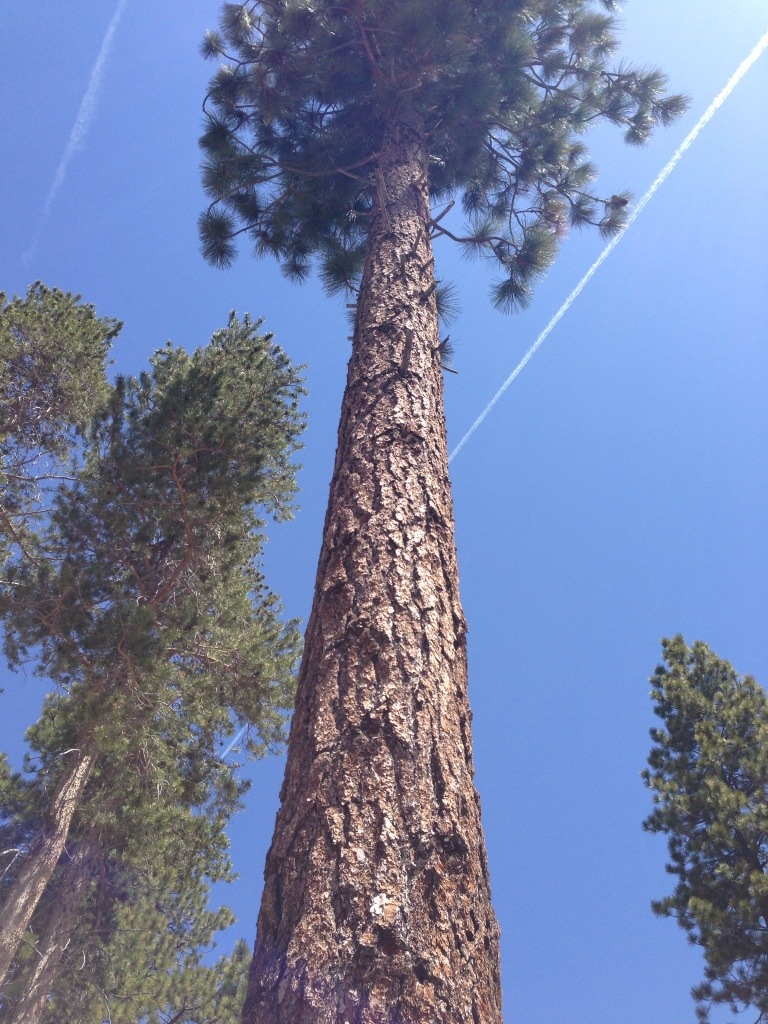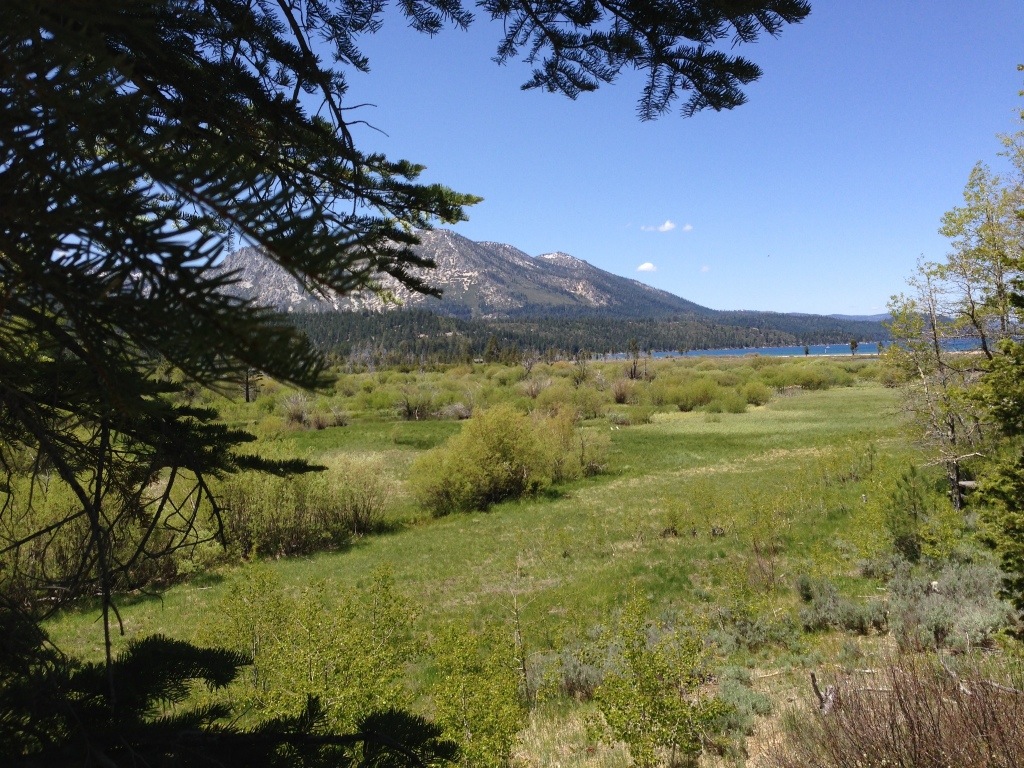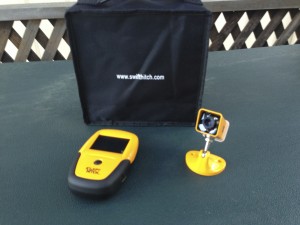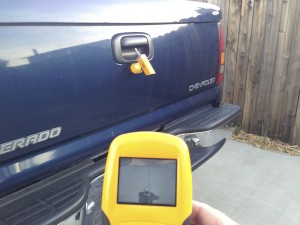Airstream RV will change your life
June 28, 2013|By JULIANNE G. CRANE, Motor Matters
Owning an Airstream will change your life.
“It adopts you into a family of fellow trailerites whose love of aluminum shares a common bond,” says Tim Shephard, host of the popular The Vintage Airstream Podcast (thevap.com). “It’s like joining a culture.”
Individuals who commit to refurbishing a decades-old Airstream are paying homage to an American icon and often say they dream of simpler times from a lost era. “They remember seeing Airstreams in their childhood many years ago,” says Shephard, “and, owning one, no matter the age or condition, seems to satisfy a calling from within.”
Shephard’s recently published how-to memoir, “Restoring a Dream: My Journey Restoring a Vintage Airstream” (restoringadream.com), offers a unique twist on a classic trailer restoration tale. Along the way, he reveals his personal transformation from tent camping in the California redwoods to rebuilding two classic vintage Airstreams.
“I did not really camp as a child,” recalls Shephard. “After I was married, a friend of mine asked my wife and I to go camping with them. They were in a popup trailer and we were in a tent.” That helped jump-start us into camping and wanting a trailer.”
In 2001, Shephard and his wife, Debra, decided to purchase and restore a 23-foot 1971 Safari Airstream. They did not want to spend a lot of money buying a new trailer because they were not sure if they would enjoy the RV lifestyle. It turned out that the family, including three children, loved camping and the outdoors.
After four years, they sold their 23-foot Safari and found a larger 28-foot 1960 Ambassador Airstream on e-Bay. And as it turned out, the Ambassador needed a lot of work. Over the next year, Shephard spent a minimum of 15 hours a week, using most weeknights and Saturdays to complete the renovation.
“Like similar restoration projects in vintage cars, or antique furniture, it is purely a labor of love,” says Shephard. “Our final monetary tally of $33,000 cannot convey the amount of satisfaction gained from restoring a vintage time capsule and breathing life back into a piece of history that our family treasures. The fact that I did the restoration work myself means that I can continue to maintain and upgrade the Airstream.”
In “Restoring a Dream” Shephard shares valuable information on the four steps — Choosing, Inspecting, Recovering, Restoring — he followed in transforming an Airstream nightmare into a classic icon.
“Choosing” covers how to avoid the “Polished Turd,” searching by era, where to find an Airstream, and what it should it cost. “Airstream has been in business for nearly 80 years, there are many trailers out there from which to choose, so narrow your search by era,” advises Shephard. “The early 1960s called to me. It included real wood interiors, minimum custom parts and a strong monocoque exterior.”
“Inspecting” goes over evaluating skin condition, assessing appliances, and learning about axles. “It is important to understand exactly the extent to which you are getting involved,” says Shephard. With his 1960 Ambassador, he knew that he would be doing a full restoration. “In my case, it was all about attitude,” he says. “Knowing from the start that I was going to be doing whatever is needed saved a lot of heartache.”
“Recovering” talks about prepping for the pick up and getting it roadworthy. “Bringing the trailer home safely is the biggest first step on your restoration journey,” says Shephard. His 1960 Airstream was 2,400 miles from home when he found it on eBay, therefore he went prepared with four new tires. Once there, he had the brakes and lights checked. “It’s important to have all the safety components working.”
“Restoring” deals with such topics as planning, common problems, frame issues, weatherproofing, wiring and woodwork, plumbing and tanks, replacing appliances, and how to polish. “With the Airstream design, a solid frame, subfloor and shell means you will have a strong foundation for years to come,” says Shephard.
Once structural repairs are complete, “it is time to start with the fun stuff.” He installed new marmoleum flooring, appliances and soft goods. Lighting fixtures were restored and holding tanks were upgraded and replaced. The trailer is in better shape now than when it rolled off the assembly line 53 years ago.
“When people see our highly polished 1960 Airstream,” says Shephard, “they can’t help but smile. It may bring out a childhood memory or a sense of freedom the trailer symbolizes. Whatever it is, we always get friendly honks and thumbs-up while driving the highways of America.”

